7 Quirky Food Facts You Didn’t Know
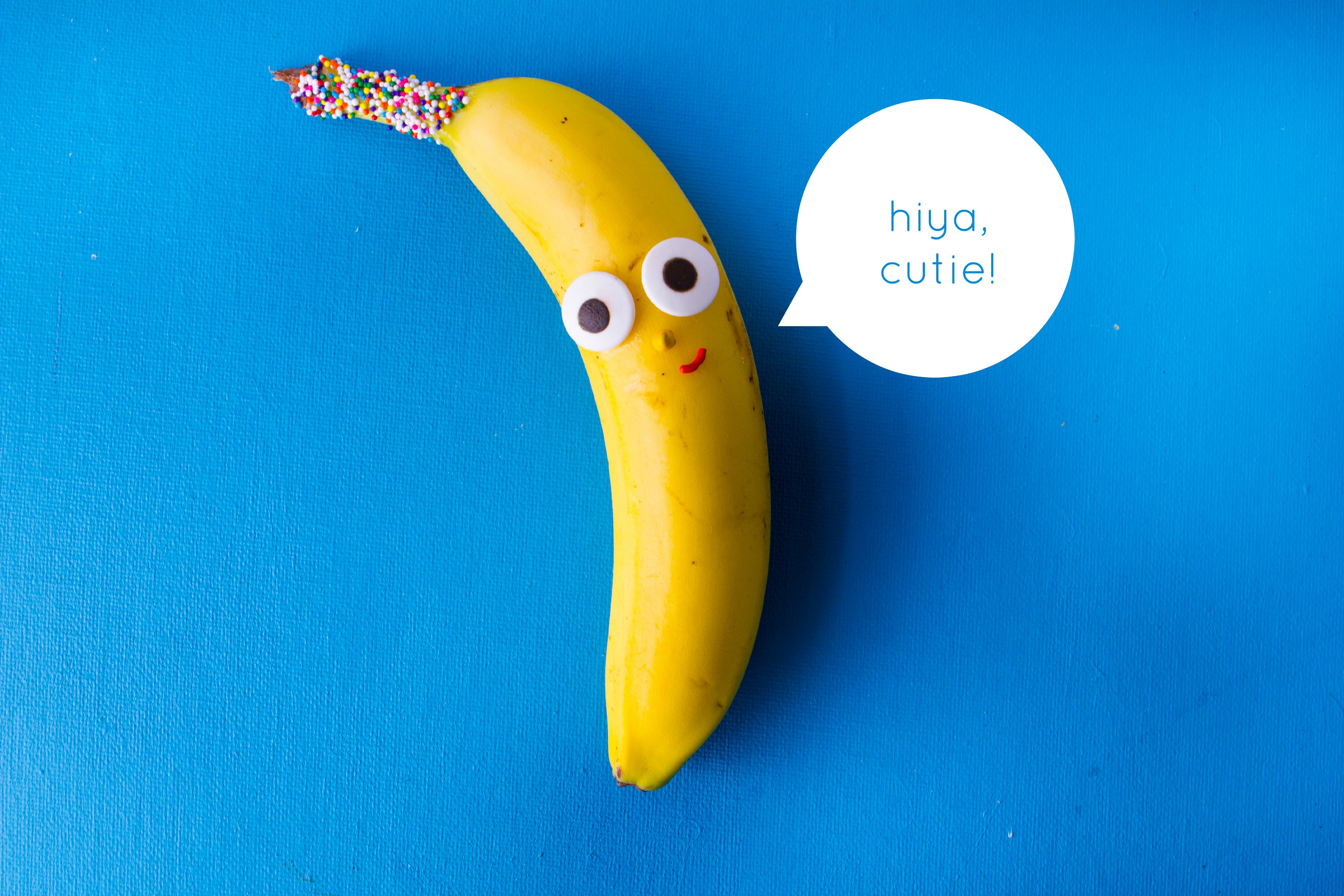
1. You’re Eating the Same Banana Your Grandmother Did
Every banana you've ever eaten is the same banana, at least if you were born before the 1950s. As the sterile mules of the herbaceous world - yes, a banana is technically an herb - banana "trees" are all offshoots of one another, and, therefore, are all genetically identical.
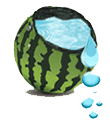
2. Watermelons in the After Life?
Who said being an explorer isn't glamorous? They carried watermelon-infused water! It's true: early explorers used watermelon as canteens.
Maybe these explorers were taking notes from ancient Egyptians. It is a well-known Egyptian belief that the dead should be buried with items they may need in the afterlife: internal organs, gold and watermelon, apparently. Depicted in hieroglyphics, watermelon were placed in the burial tombs of kings for them to nourish them with juicy goodness for all eternity.
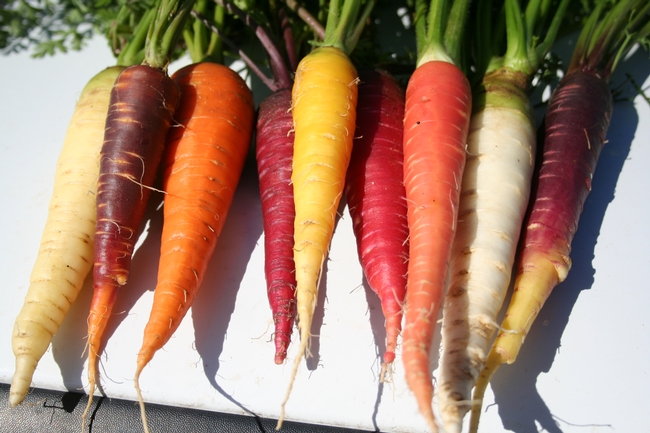
3. Carrots Used to Be Purple before the 17th Century
The modern day orange carrot wasn’t cultivated until Dutch growers in the late 16th century took mutant strains of the purple carrot, including yellow and white carrots, and gradually developed them into the sweet, plump orange variety we have today. Before this, pretty much all carrots were purple with mutated versions occasionally popping up including these yellow and white carrots, among others. These, however, were rarely cultivated due to typically being very thin and not very good tasting.
4. The Red Juice in Raw Red Meat is Not Blood
The red juice in raw red meat is not blood. Nearly all blood is removed from meat during slaughter, which is also why you don’t see blood in raw “white meat”; only an extremely small amount of blood remains within the muscle tissue when you get it from the store. So what is that red liquid you are seeing in red meat? Red meats, such as beef, are composed of quite a bit of water. This water, mixed with a protein called myoglobin, ends up comprising most of that red liquid. Myoglobin is a protein that stores oxygen in muscle cells, very similar to its cousin, hemoglobin, which stores oxygen in red blood cells. This is necessary for muscles which need immediate oxygen for energy during frequent, continual usage. Myoglobin is highly pigmented, specifically red; so the more myoglobin the redder the meat will look and the darker it will get when you cook it.
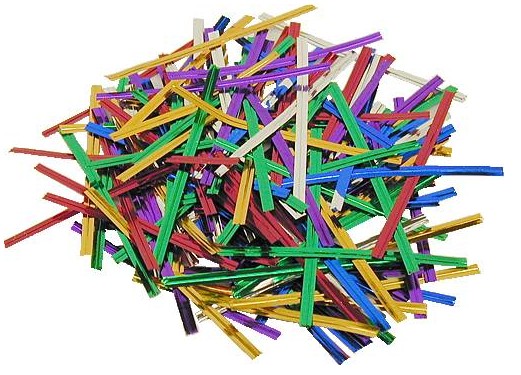
5. The Color of the Twist Tie on Bread Packaging Means Something
The color signifies what day of the week the bread was baked on. The practice of using these color codes is not meant necessarily to be used by the customer, but actually is to aid the person stocking the shelves with bread in determining what bread is old and needs removed from the shelves. This way, they don’t actually have to look closely at the tabs (which usually also show a “sell by” date); they can simply just look for ones of a specific color and remove those.
6. Why Carbonated Beverages are Called “Soft Drinks”
“Soft Drink” classically referred to nearly all beverages that did not contain significant amounts of alcohol (hard drinks). The term “soft drink” is now typically used nearly exclusively for flavored carbonated beverages thanks to advertising. Flavored carbonated beverage makers were having a hard time creating national advertisements due to the fact that what one calls their product varies from region to region (soda, pop, fizzy drinks, coke, minerals, etc). In order to get around this problem, for national or international advertising campaigns, these manufacturers agreed on using the term “soft drink”.
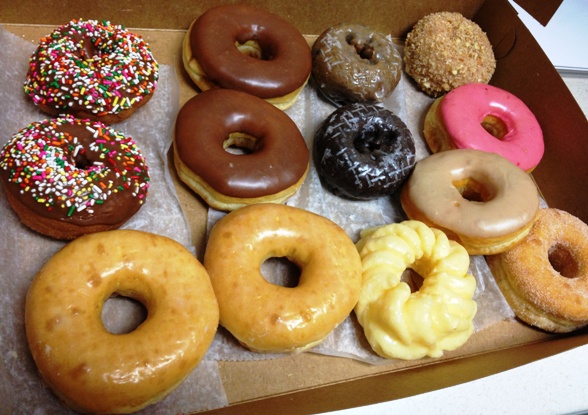
7. Why a Baker’s Dozen is 13 Instead of 12.
This has its origins in the fact that many societies throughout history have had extremely strict laws concerning baker’s wares. For example, in Babylon, if a baker was found to have sold a “light loaf” to someone, the baker would have his hand chopped off. Similarly harsh measures could be historically found throughout Europe. As it wasn’t that hard to accidentally cheat a customer, given the exacting attributes required of the end product, bakers began giving more than what the statute outlined to make sure they went over and never under. Specifically, In terms of the “baker’s dozen”, in England, after the Assize of Bread and Ale statute was enacted in the 13th Century, it became common practice that if a vendor or other customer were to order a dozen or several dozen loaves of bread from a baker, the baker would give them 13 for every dozen they ordered. Likewise, when selling any quantity, they’d give 13 measures when only 12 were purchased. This effectively made sure that the baker would never accidentally break the law and be subject to severe punishments.
- www.mindbodygreen.com
- www.todayifoundout.com
- www.ucanr.edu
 Mary Richardson
Mary Richardson
Weekly Newsletter Contributor since 2014
Email the author! mary@dvo.com
